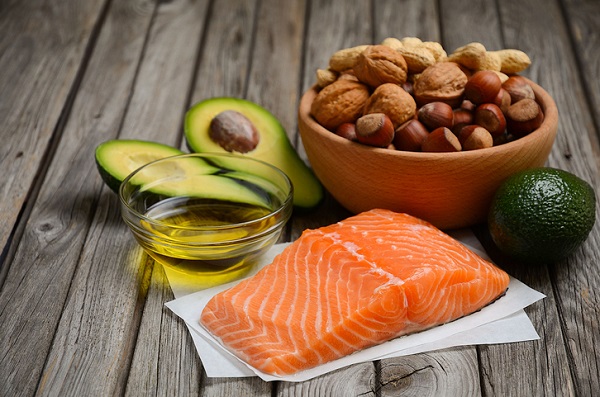
If you’re pursuing a career in nutrition, you’re probably aware of these macronutrients:
- Protein
- Carbohydrates
- Fat
Within each of these categories a wealth of variety exists, serving different purposes and offering various benefits when added to a diet. There are two kinds of fat widely heard of in mainstream discourse:
- Saturated fats, which usually exist as solids at room temperature
- Unsaturated fats, which usually exist as liquids at room temperature
Sometimes, saturated fats are dissolved in unsaturated fats, so that the two types coexist in an item.
Fats are essential in the human diet for healthy organs and cell growth, energy, and the absorption of micronutrients. Fats also play a role in hormone balance.
Differences Between Saturated Fats and Unsaturated Fats
The two primary forms of dietary fats are saturated and unsaturated. The differences between them can help you understand them in your career after you’ve earned your diploma in nutrition:
- Molecular bonds: Saturated fat molecules have single bonds and unsaturated fats have one or multiple double or triple bonds between molecules.
- Hydrogen atoms: The carbon atoms in saturated fats are entirely covered by hydrogen atoms. In unsaturated fats, the carbon atoms have less hydrogen attached to them.
- Source: Saturated fats come mainly from land animal products and processed foods. Unsaturated fats are found mostly in fish or plants, including nuts.
- LDL Cholesterol: Saturated fats can increase LDL cholesterol, which is harmful, while unsaturated fats can improve blood cholesterol, if eaten in moderation and instead of saturated fats.

Cholesterol levels affect artery health and high amounts can put people at risk for heart disease
Types of Unsaturated Fats You’ll See after a Diploma in Nutrition
Unsaturated fats can be divided into two groups:
- 1. Monounsaturated fats, which have one double molecular bond between carbon molecules. These are found in olive oil, avocados, and many nuts. These fats are prevalent in the Mediterranean Diet.
- 2. Polyunsaturated fats, essential for functions like cell activity, muscle movement, and blood clotting, have more than one double molecular bond between carbon molecules.
Both of these categories are beneficial to human health and polyunsaturated fats are essential nutrients, meaning that the body needs them to survive but cannot produce them without food. These are important types of nutrients to know for your career, as humans must have them in their diets.
Polyunsaturated fats can be further divided into two categories:
- Omega-3 fats appear in soybeans, fatty fish, and flaxseeds.
- Omega-6 fats are in vegetable oils such as corn and sunflower oils.
Most individuals in Canada have diets higher in omega-6 fats than omega-3’s. This is a trend you may notice in people you work with. A combination of the two types is ideal.

Omega-3s are found in avocados, salmon, and walnuts
Trans Fats Explained for Students in Nutrition Diploma Programs
A nutrition diploma program prepares you for work helping people determine which foods they need to increase and decrease or avoid in their diets. The most discouraged fats are trans fats. They have no proven nutritional benefits and are harmful.
A type of artificial trans fats, Partially Hydrogenated Oils, or PHOs, are banned in Canada. The ban came into effect in fall of 2018 and includes a two year phase-out period for products already on the market. This means that there are still be some foods for sale containing them that should be avoided.
These trans fats are made from polyunsaturated fats through hydrogenation. The process involves using hydrogen to convert a liquid fat into a solid, which acts to:
- Prevent products from going rancid
- Stabilize liquid fat
- Add taste and texture to processed foods

The spreadable texture of margarine can be created by hydrogenation
The harmful effects of PHOs include:
- Lowered healthy cholesterol
- Raised unhealthy cholesterol
- Increased risk of heart disease as a result of effects on cholesterol
Are you looking for nutritionist training in Ontario?
Contact AAPS for more information!



